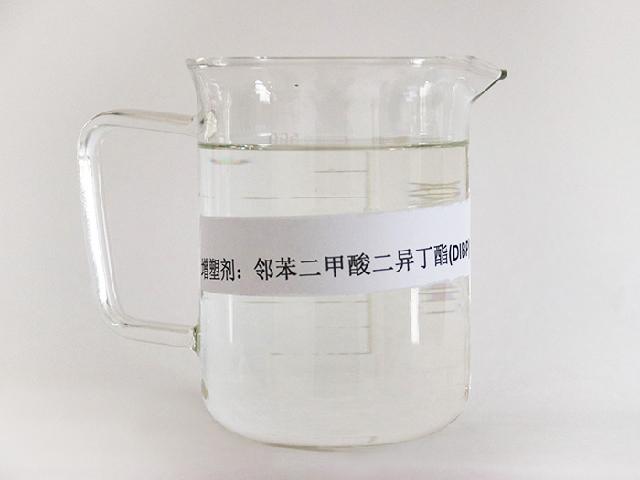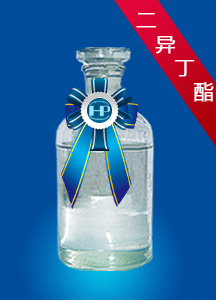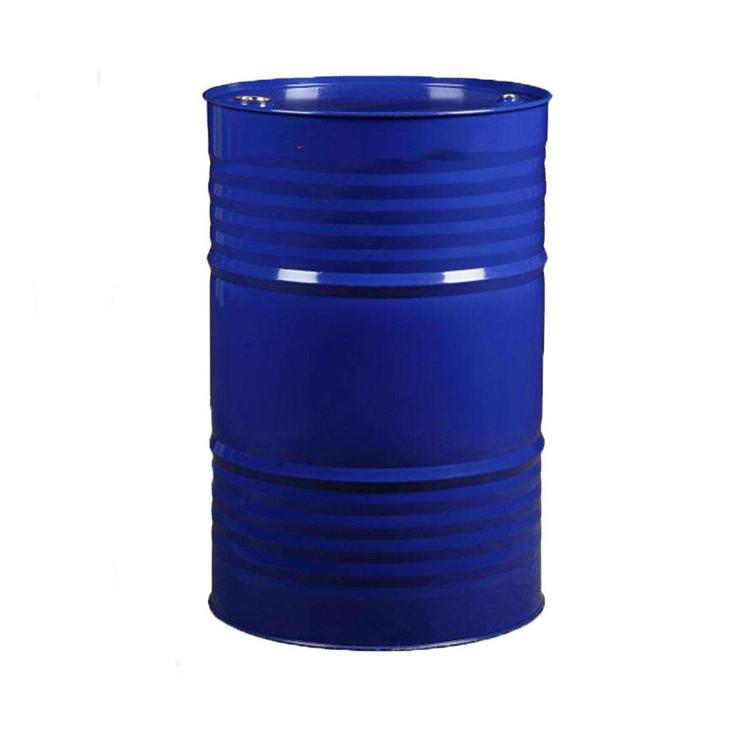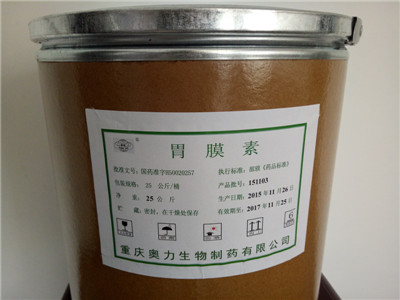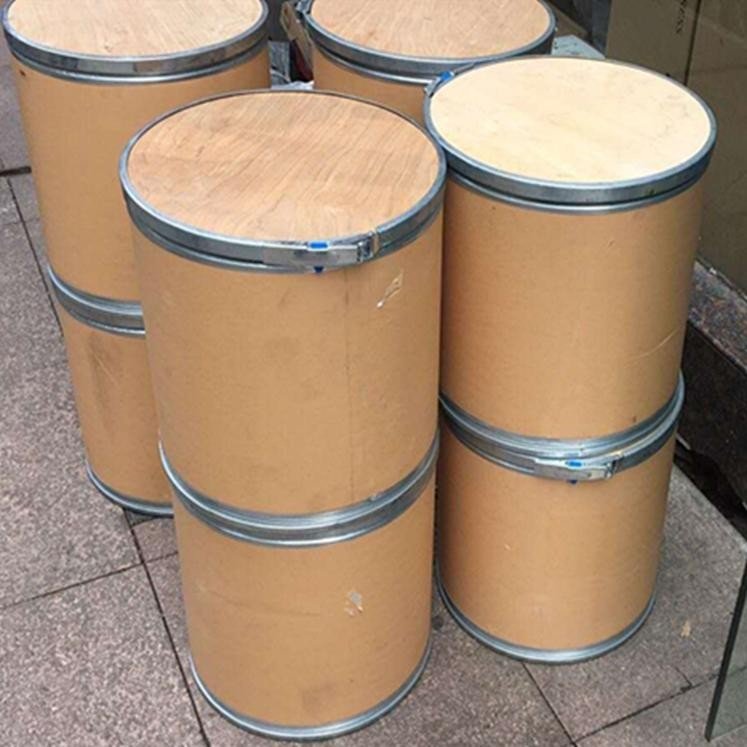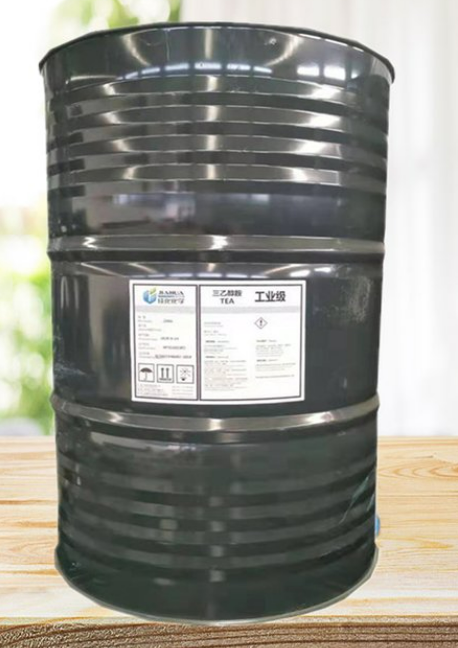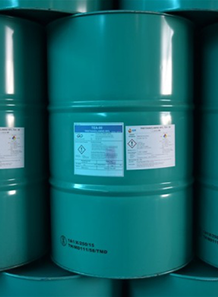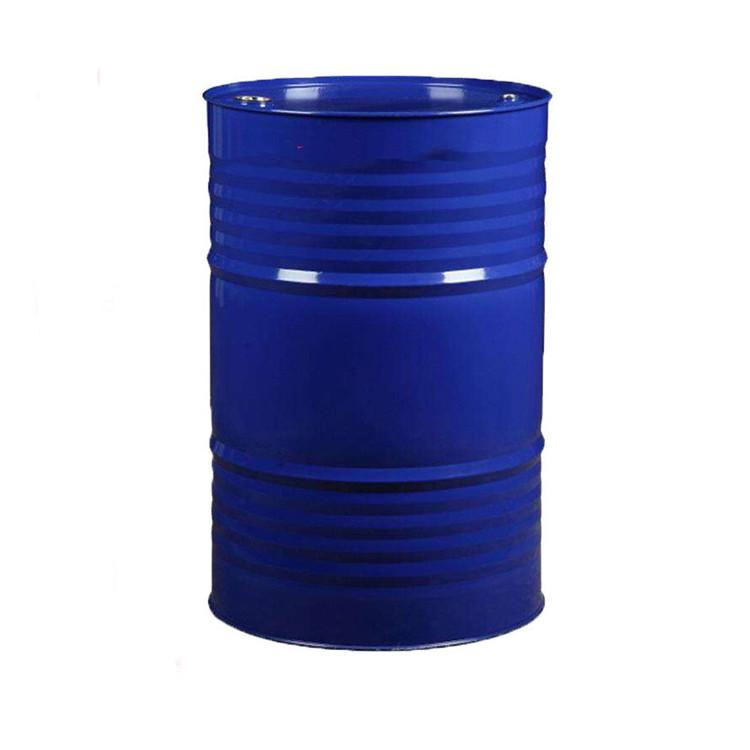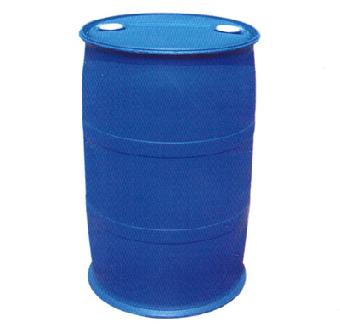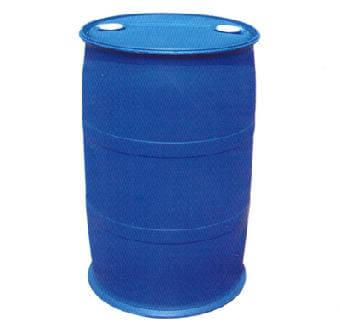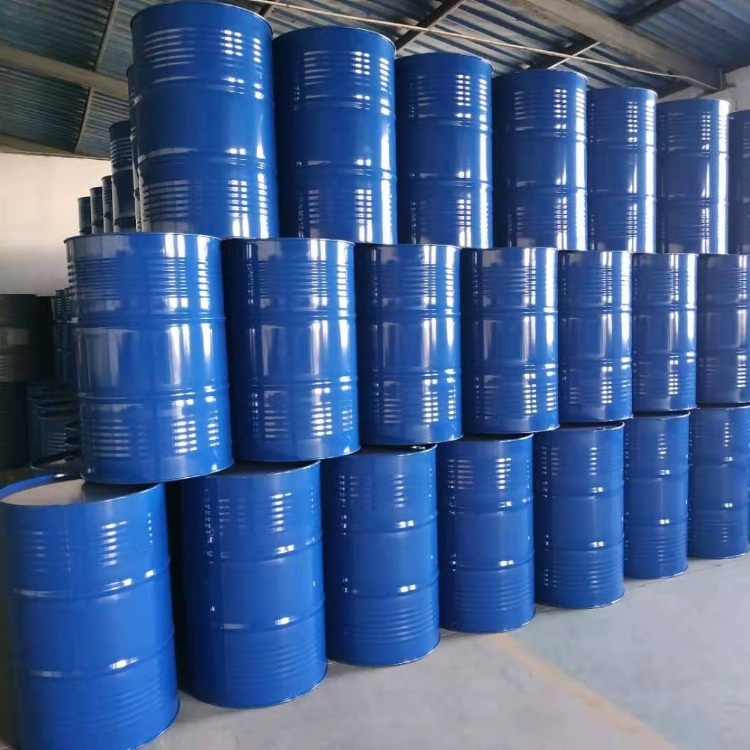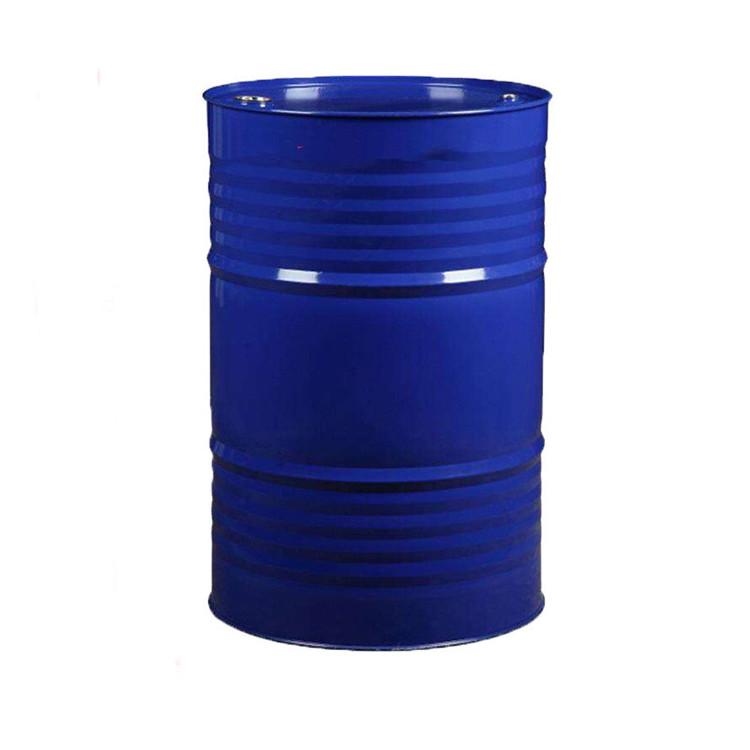Surfactants, Catalysts
Find
1014
related chemicals for you
CAS:84-69-5
Molecular Formula:C16H22O4
Alias
More Information
Benzene-1,2-Dicarbonyl Dichloride; Diisobutyl 1,2-Benzenedicarboxylate; Phthaloyl Dichloride; Phthalic Acid Dichloride; Phthalic Chloride; 1,2-Benzenedicarboxylic Acid, Bis(2-Methylpropyl) Ester; Phthalyl Dichloride; Tetraphthaloyl Chloride; 1,2-Benzenedicarbonyl Dichloride; Phthalyl Chloride; Phthalic Dichloride; Phthaloyl Chloride; DIBP; Palatinol Ic
Brief Introduction
DiBP is one of the main plasticizers commonly used. It can be used as plasticizer for cellulose resin, vinyl resin, nitrile rubber and chlorinated rubber. The plasticizing efficiency is similar to that of DBP, with excellent solubility, dispersion and adhesion. This product has good compatibility with pigments. It can be used for coloring films, artificial leather and plastic products. It can also be used as a softener of natural rubber and synthetic rubber to improve the resilience of products. It can be used as a substitute for DBP.
Suppliers
View More Vendors (3) >
CAS:10047-33-3
Molecular Formula:C97H124N20O31S
Alias
More Information
Emucin; Mucin Gastric; Mucin Type I; Mucin Type Ii; Mucin Type Iii; Mucin Type I-S; Gastric Mucin Porcine
Brief Introduction
Gastrin is a large glycoprotein that protects the gastrointestinal tract from acids, proteases, pathogenic microorganisms and mechanical trauma.
Suppliers
View More Vendors (3) >
CAS:102-71-6
Molecular Formula:C6H15NO3
Alias
More Information
2,2',2''-Nitrilotriethanol; Trolamine; 2-[Bis-(2-Hydroxy-Ethyl)-Amino]-Ethanol; Trietanolamin; Tris(2-Hydroxyethyl)Amine; TEA; Triethnoalmailnes; Trienthanolamine; 102716; Triethanolamine South Africa Suppliers
Brief Introduction
This product is used as a synergist and insecticide for the condensation of glycosidic bonds in sugar chemistry. Emulsifier, solvent, corrosion inhibitor.
Suppliers
View More Vendors (3) >
CAS:106-94-5
Molecular Formula:C3H7Br
Alias
More Information
1,3-Br-Propane; N-C3H7Br; 1-Bromopropane, Reagent (1 Lt Pvc); 1-Bromopropane For Synthesis; N-Propylbromide(Bromopropane); Bromo Propane; 1-Bromo Propane; Propyl Bromide; N-Propyl Bromide; 1-Brompropan; 1-Bromopropan; 1-Bromo-Propan; 1-Propyl Bromide; Propane, 1-Bromo-; N-Propyl; Propylbromid; Brompropan; Bromopropane; N Propyl Bromide; N -Proply Bromide; 1 Bromo Propane; 1-Bromo-Propane
Brief Introduction
1-bromopropane is used as an organic synthetic raw material for the synthesis of organophosphorus insecticides, such as thioprophosphor, propylthiophosphate, propabromophosphorus, etc., as well as in medicine, dye and spice industry, and as raw material of Grignard reagent, it can be used in the manufacture of pharmaceuticals, pesticides, dyes and spices in the pharmaceutical, pesticide, dye and perfume industry, It is also used as raw material of Grignard reagent, intermediate of drug propylthiothiamine and propionacid.
Suppliers
View More Vendors (3) >
CAS:106264-79-3
Molecular Formula:C9H14N2S2
Alias
More Information
Ethacure; Dadmt; Dmtda; 2,4-Diamino-3,5-Dimethylthiotoluene; 3,5-Dimethylthio-2,4-Toluenediamine; Ethacure 300
Brief Introduction
DMTDA is an environmentally friendly and low toxic liquid diamine chain extender, which is mainly used on polyurethane elastomer, rim (reaction injection molding), SPUA (sprayed polyurea elastomer) and adhesive; At the same time, it can also be used as epoxy resin curing agent. It has been widely used in polyurethane cots, medicine, stamping and so on. In addition, it is widely used in automobile, construction, coal mine, metal mine, textile, papermaking and printing industries.
Suppliers
View More Vendors (3) >
Inquiry (
10
/ 10
)
Clear All
You can inquire for up to 10 products at a time
Sign In
Error!

